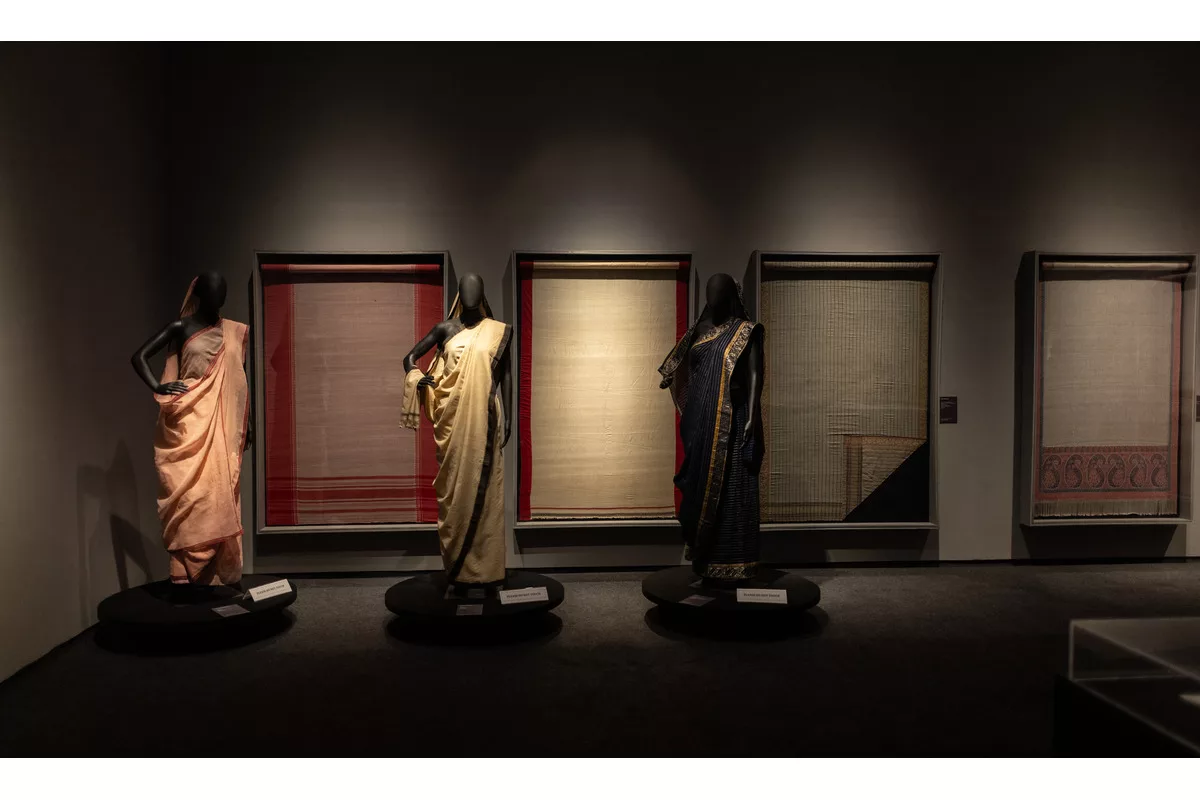The luxury watch market is cooling down after the pandemic-fuelled boom, offering an opportunity for collectors to snag coveted timepieces at more affordable prices In 1636, Dutch society went crazy for exotic tulips, prices rose and people got swept up in the speculative fever, spending a year’s salary on rare bulbs in the hopes of reselling them for a profit. A year later the bubble burst and wreaked havoc on the Dutch economy. Though what has happened in the primary and secondary watch market over the past four years is not as dramatic, there are clear parallels – in the way that production scarcity during the pandemic, coupled with soaring demand when people with time and the means to spend got into collecting watches, sent prices skyrocketing around the world.
Given the limited supply of new luxury watches and closure of retail branches during Covid-19, people with cash liquidity turned to the secondary market where certain hyped models saw unprecedented levels of appreciation in value, creating a boom that peaked in early 2022. According to the Bloomberg x Subdial Watch Index (Europe and US markets), prices have dropped markedly, around 27 per cent, over the two years since, across thousands of tracked models. For some models the market is down even more.

This is due to increased interest rates in some markets, as well as economic uncertainties. At the same time, brands have been quietly raising their prices to match those inflated in the secondary market, resulting.

























